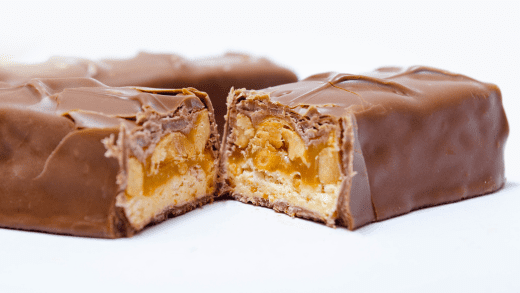Sugar has a time-honored place during many holidays and on Valentine’s Day, sweets take centerstage. Chocolate, candy and sweets were the most popular Valentine’s gift in 2018, purchased by 63% of consumers, beating flowers and plants (40%). All of these gifts from admirers add up, too: Between 2010 and 2020 American consumers spent an estimated $2.4 billion on candy for the holiday! While we have all traded candy hearts and chocolates since our youth, where does the tradition of presenting loved ones with candy on Valentine’s Day come from?
Sweet Valentine
Valentine’s Day became an increasingly popular holiday in the late 14th century. Songs, poetry and roses were used to celebrate and symbolize love and it wasn’t until a few centuries later that chocolates and candy become connected to February 14th. While chocolate has symbolized love since it was used in ancient Mayan wedding ceremonies (it has been considered an aphrodisiac), chocolate didn’t become popular throughout Western Europe until the 16th century. And, because sugar was still a precious commodity, candies and confections were uncommon.
By the 1840s, Valentine’s Day was celebrated in most of the English-speaking world. Richard Cadbury is largely credited with coining chocolate as the symbolic candy of Valentine’s Day, given he began selling his chocolates in heart-shaped boxes in 1861. Mr. Cadbury decorated each box by hand! The boxes were popular symbols of love long after the holiday ended and were often used to hold love letters after the chocolates were eaten.
In the U.S., Milton Hershey made significant strides in commercializing chocolate with the invention of Kisses in 1907. And, chocolatier Russell Stover linked chocolate with romance forever with the introduction of their heart-shaped box in 1923. One of their most popular boxes is called the “Secret Lace Heart” and is covered in satin and black lace. The Stover classic red box is still one of the best sellers on Valentine’s Day almost 100 years later.
The famous Sweetheart “conversation hearts,” the pastel candy hearts stamped with sweet phrases of love and friendship, were long the most popular and bestselling non-chocolate Valentine’s Day candy. They were introduced in 1866, even before chocolate kisses.
Sugar’s Essential Role in Chocolate and Candy
Spanish explorers were quick to realize the appeal of chocolate after discovering it in Central America 500 years ago. These explorers were among the first to mix cacao paste with cinnamon and cane sugar to cut the bitterness. Sugar’s essential role in the chocolate we enjoy today is still to cut bitterness, but it also adds bulk, impacts the texture and is responsible for whatever level of sweetness we prefer. Today chocolate confectionery makes up about 61% of candy consumption and sugar confectionery accounts for the rest. Chocolate holds an even larger share in wealthier countries.
Real sugar’s functional roles in candy recipes include flavor, bulk, texture, shelf-life, color and moisture retention. When it comes to texture, sugar’s versatility is unmatched, allowing for caramel and taffy on down to hard candies. The difference between these non-crystalline and crystalline candies is the temperature at which they are made and the chemical reactions that take place as a result of the heat.
It is thanks to real sugar, and those who bring it to our tables, that we have so many different types of sweets to express our love on Valentine’s Day.
If your loved one gives you fresh flowers this Valentine’s Day, sugar can still be a part of the holiday. Add 3 teaspoons of sugar and 2 tablespoons of vinegar to the water in the vase; the sugar feeds the stems and the vinegar restricts the growth of bacteria.




Get Social with #MoreToSugar